Stainless steel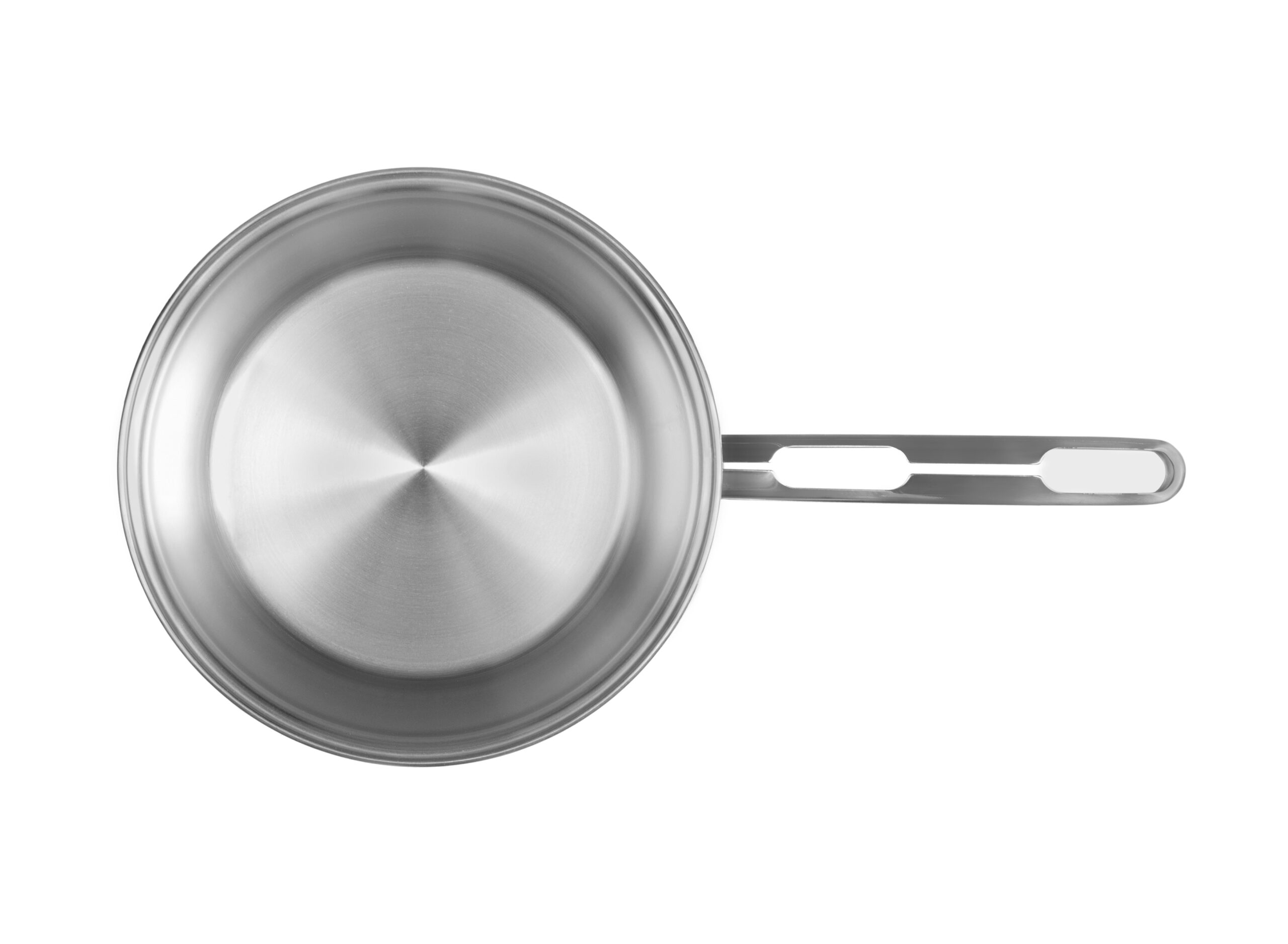 The upsides:
The upsides:
- Stainless steel pots and pans with copper or aluminium cores/bottoms conduct heat very evenly and make for a quick meal.
- They are also durable and long-lasting, so can be viewed as an investment.
- These pans are non-reactive, meaning you can cook any kind of food in them.
- Dishwasher-safe
The downsides:
- Stainless steel pans without a copper or aluminium core do not conduct heat very well.
- Quality stainless steel pots and pans are quite expensive.
- Just like cast iron, stainless steel has a learning curve for usage. It isn’t naturally non-stick, so proper care must be taken with cooking oils and temperature control.
Best for… anything really! Stainless steel is a great all-rounder, particularly useful for acidic foods such as tomato sauces or anything containing wine or vinegar.
Cast iron
The upsides:
- These pans are relatively cheap and cook evenly once they get hot.
- Cast iron lasts a long time and, given proper care, your pan will outlive you.
- A well-seasoned cast-iron skillet is naturally non-stick. Unlike other non-stick cookware, cast-iron pots and pans aren’t coated with synthetic materials.
- Cast iron cookware retains heat much better than other pots and pans. If you decide to serve a dish in the pan itself, your food will remain warm for the entire meal.
- Cast iron is versatile and can be used for sautéing mushrooms, searing steaks, baking cakes and everything in between.
- Depending on the handle, most cast iron cookware can be transferred directly from the hob to the oven and vice versa.
- Acidic foods like tomatoes, wine and citrus juices can react with cast iron, dissolving some of the iron into the food. The extra iron can be beneficial for most people.
The downsides:
- Cast iron does take some effort to use and maintain. Many people who own cast iron describe it as a relationship: it takes constant effort, but is still rewarding.
- Because cast iron skillets are constructed in one piece, they transfer heat very well. Consequently, the handles get incredibly hot, and many novices burn their hands because of this.
- For most of us, the added dietary iron mentioned above isn’t a bad thing. However, for some people, this can lend a metallic taste to the food and, if you have health conditions that are iron sensitive, you may wish to look to alternative cooking equipment.
- Cast iron pots and pans are incredibly heavy and may not be suitable for some people.
- Boiling water is the only task that cast iron cookware cannot perform, as it can cause the metal to rust.
Best for… searing meat, or any recipe that calls for effortless transition between hob, oven and/or grill.
Non-stick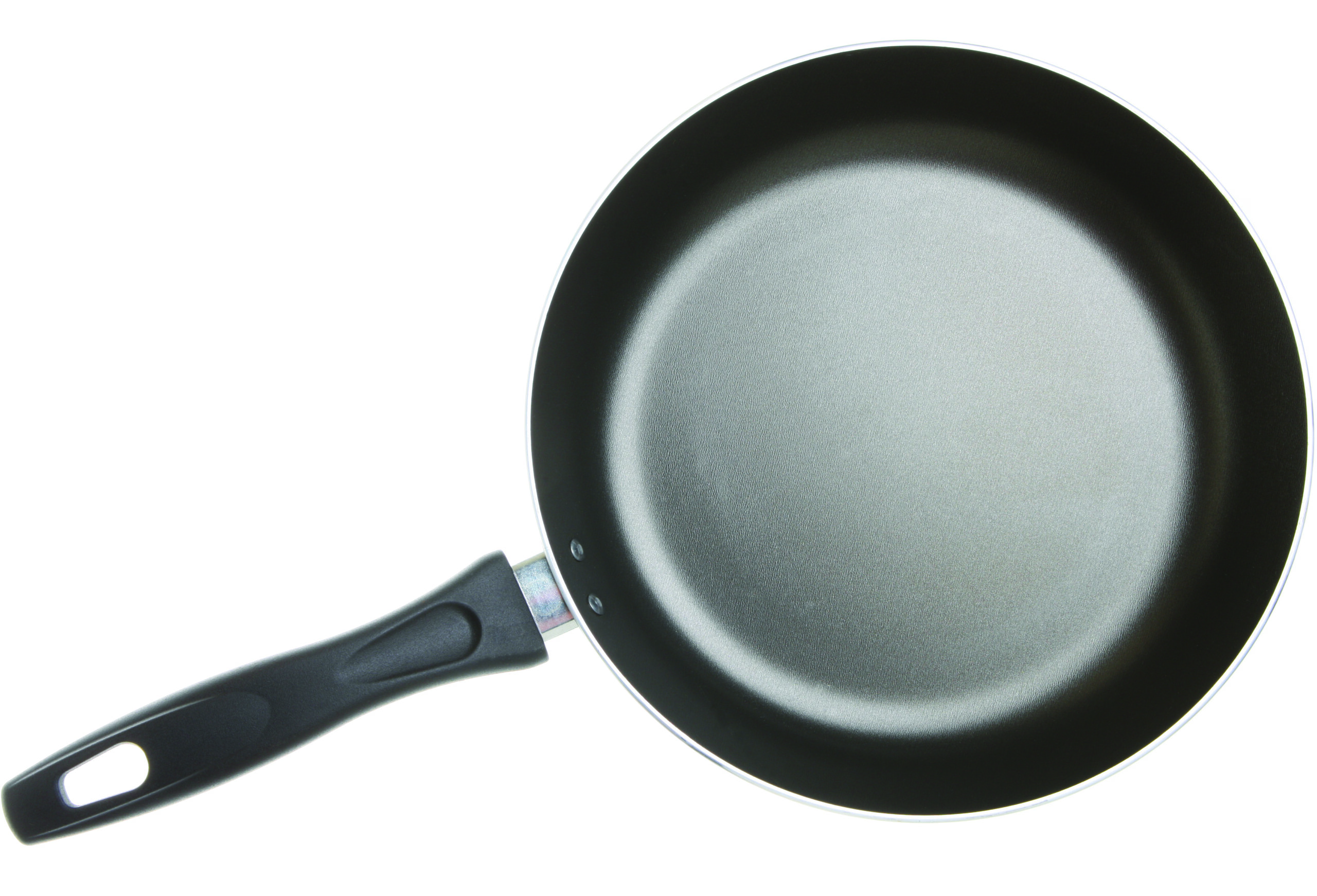 The upsides:
The upsides:
- Having a non-stick coating on pans saves time and energy.
- A non-stick coating also allows for cooking with less butter or oil.
- These pans make it much easier to cook particularly “sticky” foods, such as fried eggs.
The downsides:
- As these pans age, they begin to chip and flake . Once they do (or once they become scratched), they should be discarded as the chemical non-stick coating can flake into your food.
- Not suitable for using metal utensils.
- At very high temperatures (350°C and above) non-stick pans may decompose significantly faster, emitting fumes strong enough to cause polymer-fume fever, a temporary flu-like condition marked by chills, headache, and fever. These fumes can kill pet birds, whose respiratory systems are more fragile than ours. As a consequence, it’s best not to use non-stick pans for cooking over a high heat.
Best for… certain foods that tend to stick, but do not require a very high heat, such as fried eggs, fried rice, fish or pancakes.
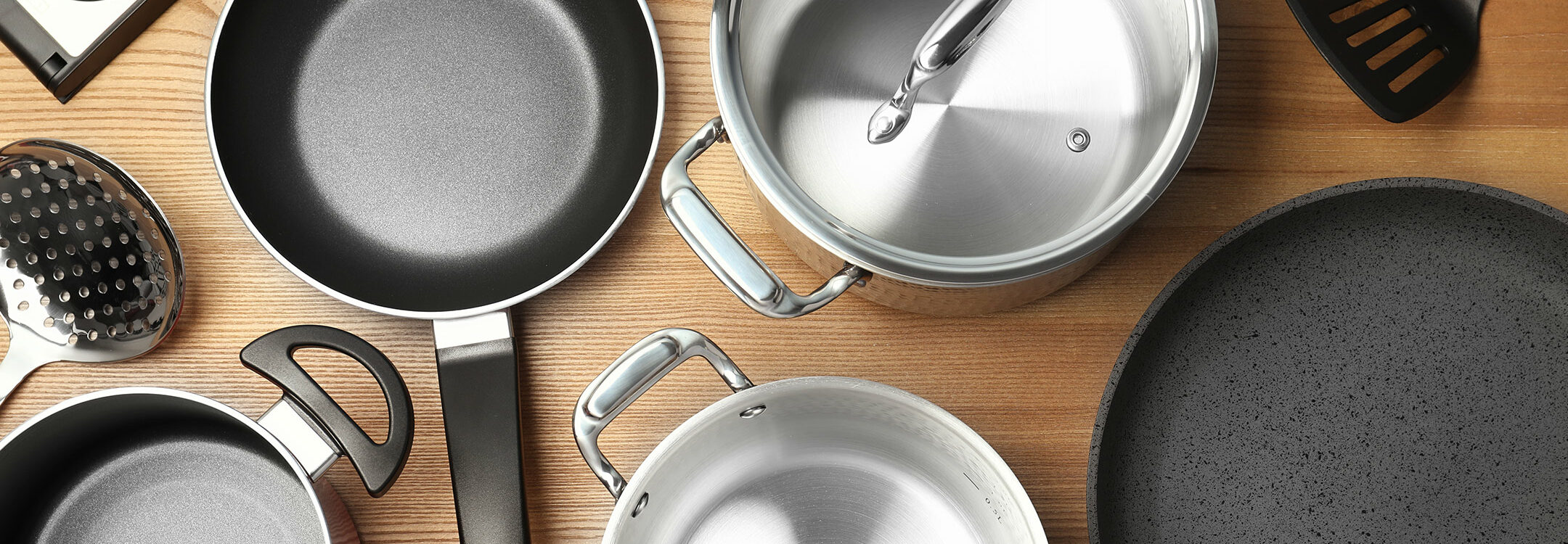
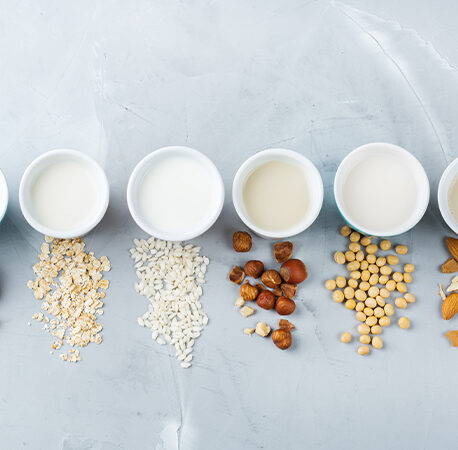
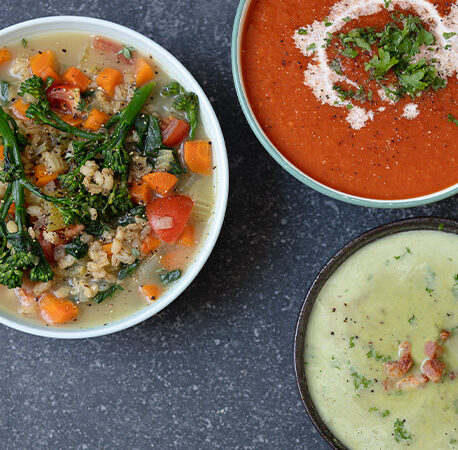

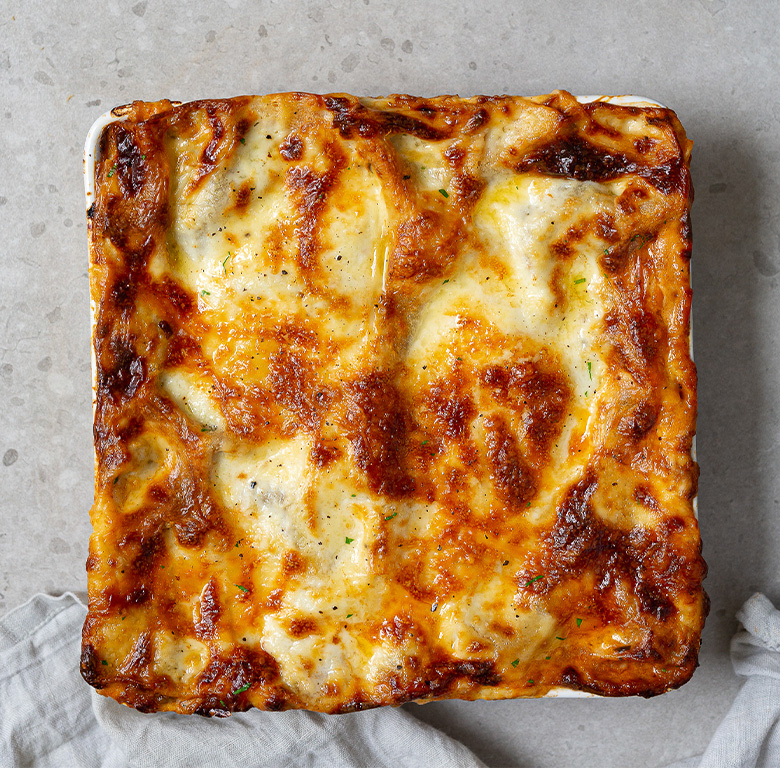
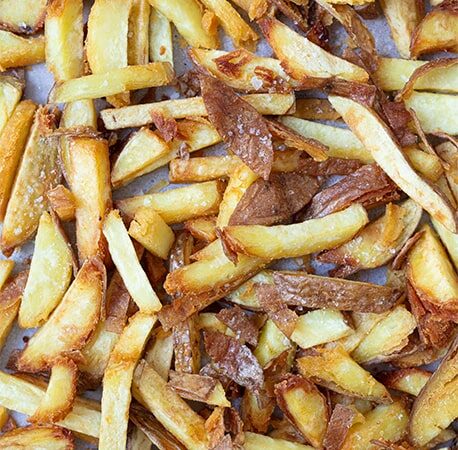
You have to be signed in to comment this post.